Our footsteps
The history of walking together with our local communities is synonymous with Nankai's history. With a pioneering spirit, we have constantly launched advanced and topical businesses, providing to people's lives a sense of optimism for a better future.
1885(Establishment) to 1945(End of WWⅡ)
Beginning of the pioneering spirit
We started off in 1885, running between Namba and Sakai (Yamatogawa). "Namba's history started with the opening of the Nankai Railway." As stated in "Osaka Rekishi Sanpo" ("A Stroll through Osaka's History"), a book published in August 1959 by Mataji Miyamoto, we have walked through history together and developed together with Namba. Starting from Namba, which was a sprawling leek field at the time we were founded, we built train stations in cities and contributed to making Kansai's railway networks user-friendly, including in Sakai, a flourishing hub for trade with the West; Kishiwada, a city famous for its festival with floats; Izumisano which once thrived as a port city; and Wakayama, once a castle town of the Kishu Tokugawa clan.
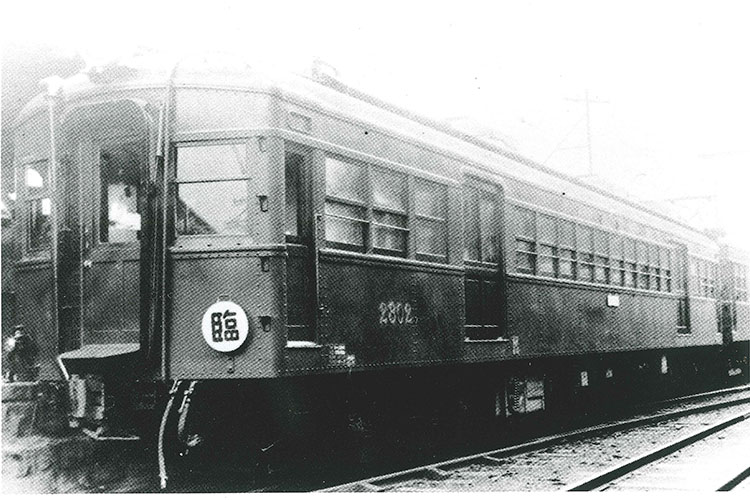
The first air-conditioned train in Japan
There is a funny story that passengers crammed into the first air-conditioned trains in Japan, ironically ending up making the cabins very hot.
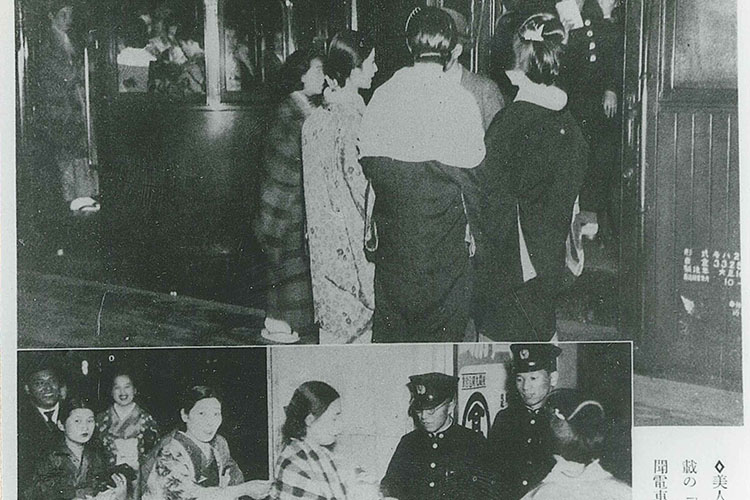
Newspaper train (waitress train)
It is said that around the end of the Taisho Period, cafes were popular in Osaka Minami, with waitresses riding newspaper trains after work, leaving Namba Station around 2 am in the middle of the night.
1950s to 80s
For diversifying lifestyles
As people's lives started to diversify, as an integrated lifestyle company we started to launch wide-ranging businesses, focused on our railway business, including the launch of car ferries between Wakayama and Tokushima, to improve the area's transport network. We developed housing in the areas along our railway lines and took on large projects, such as Misaki Park and Namba City, to develop the areas along our railway lines.
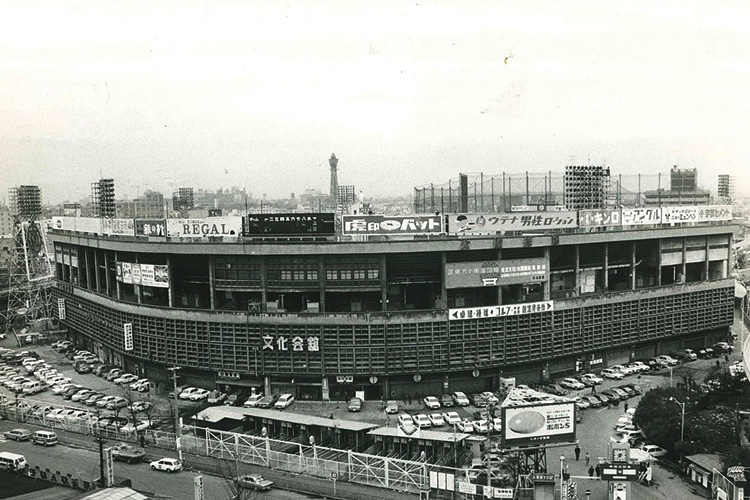
Osaka Stadium
The stadium was built in 1950 as the home base for professional baseball team the Nankai Hawks. It provided a wide range of entertainment to people, including having an ice skating rink and bowling arena on the premises.
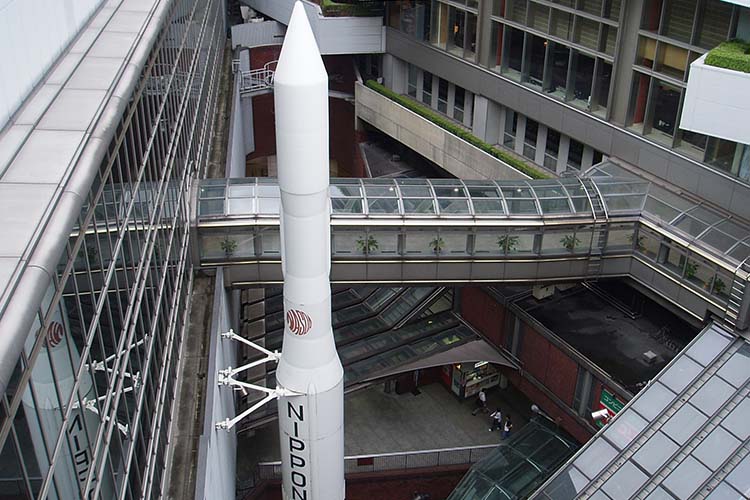
Namba City
Namba City opened as a mega shopping center in a railway station concourse. The theme "The romantic world of the 21st century" was raised to highlight the town. A rocket in the underground atrium became people's favorite meeting spot.
1990s to 2000s
As the main artery for Kansai's accessibility
After our centennial anniversary in 1985, the plan to build the Kansai International Airport was given the go-ahead and we launched projects related to the construction project, including the "Airport Access Project" and the "Namba Region Redevelopment Project." In 1994, we launched an airport line to connect Izumisano Station and Kansai International Airport, connecting Kansai to the world to revitalize the areas along our railway lines.
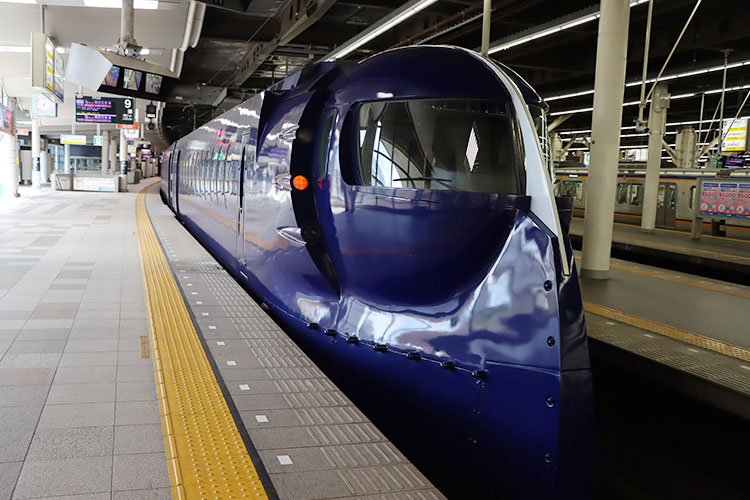
Express train Rapi:t
Rapi:t is an express train running between Kansai International Airport and Namba. For its strong visual impact from the unique head design and the creative blue car design likened to the image of the airport floating on the ocean, the train received the Blue Ribbon Award in 1995.
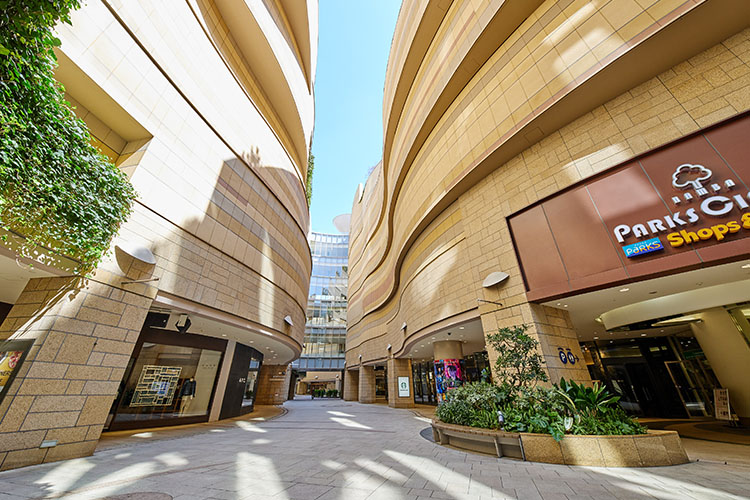
Namba Parks
Namba Parks was opened in the former site of the Osaka Stadium as a new town for the city, people, and nature to coexist in harmony, bringing Namba further southward. It has received positive reviews, as highlighted by it winning the Architectural Institute of Japan Prize (FY2016).
2010s
Looking at the (local) areas along our railway lines from a global perspective
In the 2010s when demand for tourism to Japan was heating up, we paid attention to having both local and global perspectives. To attract more people from outside the areas along our railway lines, we focused efforts into our tourism business, especially in time to coincide with "The Sacred Sites and Pilgrimage Routes in the Kii Mountain Range" and "The Mozu-Furuichi Kofun Group" becoming World Heritage sites. To have Namba recognized by tourists to Japan as an international tourism city and to further enhance the city's features, we opened NAMBA SkyO, contributing to community development.
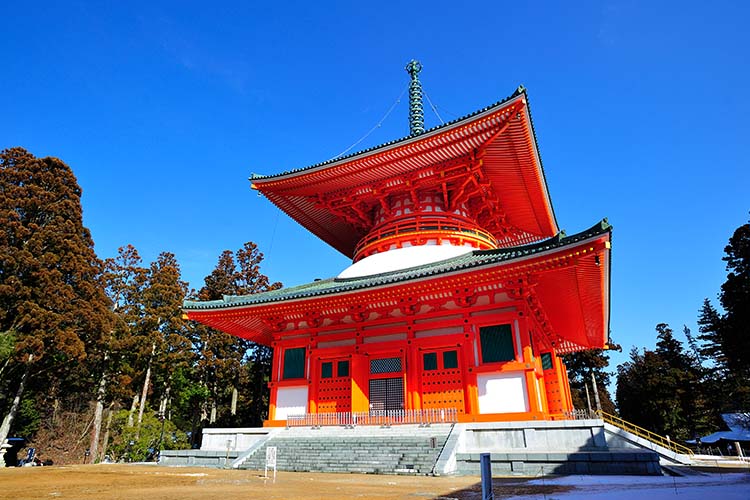
Two World Heritages sites in the areas along our railway lines!
The Sacred Sites and Pilgrimage Routes in the Kii Mountain Range in 2004 and the Mozu-Furuichi Kofun Group in 2019 became World Heritage sites. We are working on measures to further raise the value of the areas along our railway lines, as areas to attract domestic and overseas attention from having two World Heritage sites.
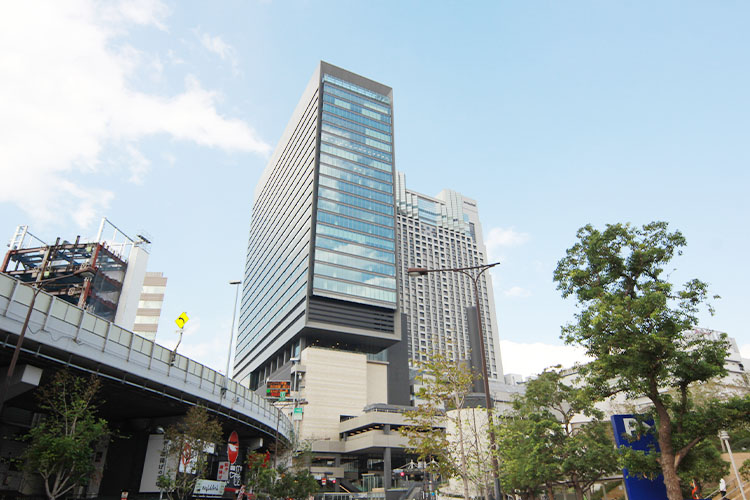
NAMBA SkyO
As a hub for international interactions between people, products, and events from inside and outside of Japan, NAMBA SkyO creates two-way communication to open the future. From Namba, Osaka, to the world, and from the world to Namba, Osaka.
From 2020s
Tumultuous times and our unchanging mission
The spread of COVID-19 significantly changed people's lives. Although the times ahead are impossible to predict, Nankai's collaborative creation ("Kyoso") spirit to create together with local communities and people in the areas along our railway lines remains unchanged. We will continue to work on efforts in community collaborative creation to develop the most popular areas along railway lines, aiming to solve social issues and realize an enriched, sustainable society that exudes optimism for a better future.
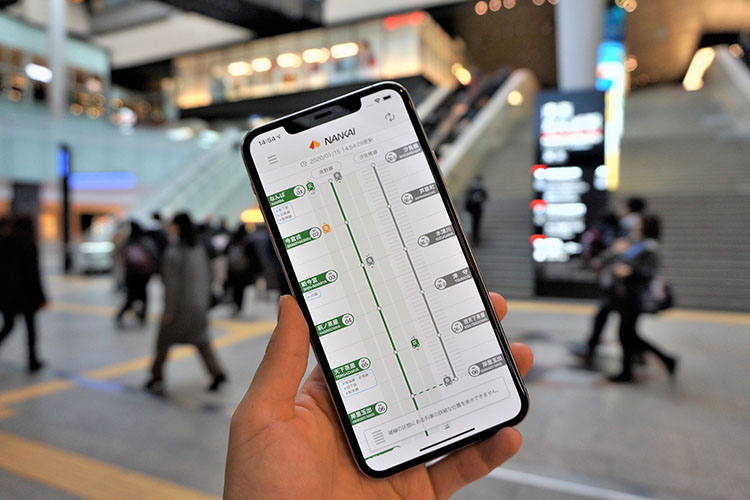
Future exploration
We will make life more convenient for people living in the areas along our railway lines, by providing more customer touchpoints with digital measures, such as Nankai App, Visa touch payment system, and AI Sakurasan, and with initiatives to create new businesses.
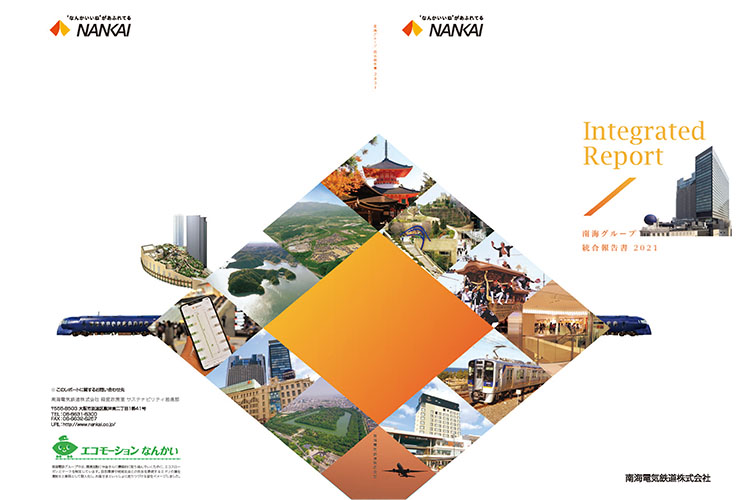
Sustainable management
We have conducted various initiatives, including setting seven major sustainability themes (materiality) that incorporate the Sustainability Policy and an SDGs perspective, issuing of integrated reports, and endorsing TCFD.
